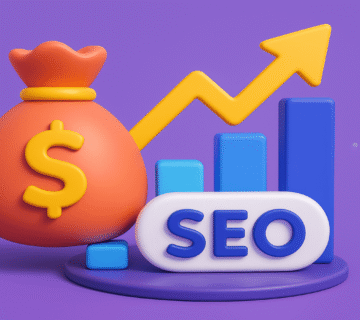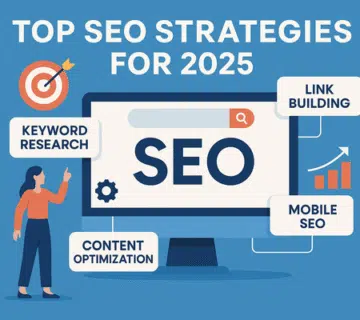Benefits of website design
Definition of Website Design
Website design is the process of planning and creating web interfaces that include page layout, graphics, text, and user interaction elements. It combines both artistic creativity and technical functionality with the goal of delivering a smooth and engaging user experience. In today’s digital world, web design is a fundamental pillar for any business or brand seeking an effective online presence.
The importance of website design lies in its ability to strengthen brand identity. A website is the digital face of a brand, influencing how users perceive the company or product. A professional and well-crafted design creates a positive first impression, builds trust, and captures user attention. On the other hand, poor design can lead to user frustration and erode trust in the brand.
Two key components of web design are User Interface (UI) and User Experience (UX). UI focuses on the visual elements users interact with—like buttons, menus, and colors. UX, on the other hand, deals with how users navigate the site, aiming to ensure smooth flow and clarity of information. Well-organized content that is easy to access helps deliver a seamless experience, making these two components essential for attracting and retaining users.

Enhancing User Engagement
Website design plays a pivotal role in improving engagement with the target audience. Effective use of visual and interactive elements—such as call-to-action buttons, forms, and comment sections—encourages users to stay longer on the site. Smooth navigation allows visitors to easily find the content they’re looking for, increasing the likelihood of interaction.
A performance-focused design approach is also vital. This involves providing users with a fast, responsive, and visually pleasing experience. Using readable fonts, optimized graphics, and well-structured layouts can significantly reduce load times, which is crucial not only for engagement but also for SEO rankings.
Interactive elements like animations, pop-ups, and polls can also enhance engagement. For example, polls allow website owners to gather useful insights about user preferences, leading to more relevant future content. Consistent color schemes and visual contrast help guide attention and keep users engaged.
In summary, a well-designed website can encourage visitors to stay longer, interact more, and return again—boosting your site’s effectiveness.
Building Trust and Credibility
Professional website design is a key factor in establishing trust and credibility with visitors. As the digital storefront for your brand, a well-designed site strengthens your brand’s image. When users land on a website that looks clean, modern, and well-maintained, they are more likely to trust it than one with outdated or sloppy design.
Several design elements contribute to trust, such as testimonials and customer reviews, which provide social proof and reassurance. Displaying positive feedback prominently on product or homepage sections helps reinforce your brand’s reliability.
Visual details matter too—selecting the right color palette, using legible fonts, and showcasing high-quality images all contribute to a polished appearance. A mobile-responsive design is also essential; users expect a seamless experience across desktops, tablets, and smartphones. Poor responsiveness can lead to frustration and diminished trust.
Ultimately, investing in professional web design pays off by enhancing user confidence, improving brand perception, and increasing the likelihood of conversion.

Expanding Customer Reach
Good website design significantly boosts your ability to reach more customers. It’s not just about aesthetics—effective design integrates functionality and SEO principles to enhance discoverability. By following Search Engine Optimization (SEO) best practices, your site can appear more prominently in search engine results, giving it exposure to a wider audience.
SEO involves optimizing content with relevant keywords that reflect the interests and search habits of potential visitors. This strategic approach increases website traffic and improves conversion potential.
Moreover, a well-designed website complements social media marketing efforts. Sites with user-friendly interfaces and shareable content encourage users to distribute it across platforms like Facebook, Instagram, and Twitter. Social sharing buttons should be built into the design, making it easy for users to support and spread your message.
If you’re designing a new website, consider how SEO and social media integration can be part of your strategy from the outset. Combining attractive design with strong performance creates an ecosystem that enhances brand visibility, audience engagement, and customer acquisition.






No comment